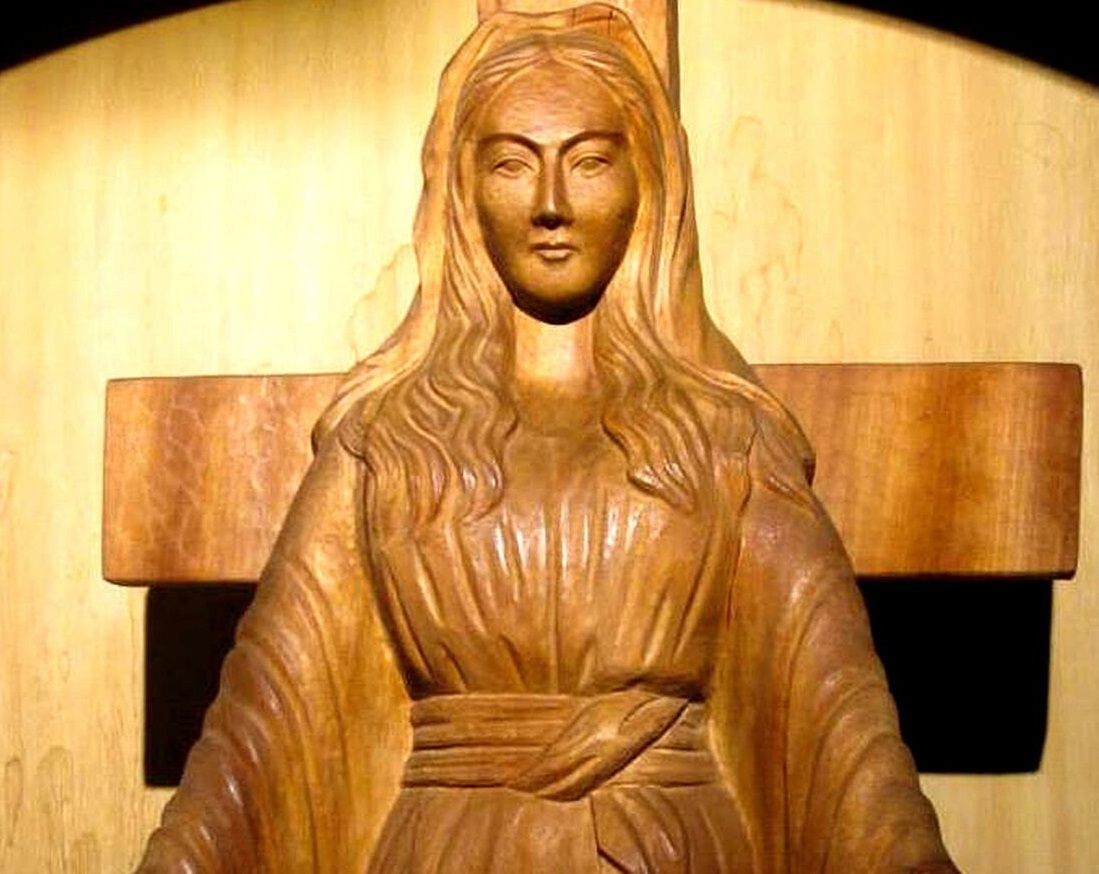The Holy See releases new rules on Marian apparitions
Unless there are special cases decided by the pontiff, the Church will no longer issue declarations on the supernatural nature of such phenomena, but will only issue a non-committal recognition of their pastoral value when there are no mystifications. These phenomena are associated with many shrines in Asia.
Vatican City (AsiaNews) – Faced with stories of apparitions, the Church, “as a rule” and unless specifically indicated by the pontiff, will no longer rule on the supernatural nature of these phenomena.
In an expedite way, local bishops, always involving the Dicastery for the Doctrine of the Faith, will from now on simply establish whether signs of an action of the Spirit are recognised and whether there is any pastoral value in recommending the dissemination of the message, even through pilgrimages.
The changes come with the new Norms for Proceeding in the Discernment of Alleged Supernatural Phenomena, approved by Pope Francis and released today by the Vatican.
The new procedures acknowledge that “Many times, these events have led to a great richness of spiritual fruits, growth in faith, devotion, fraternity, and service. In some cases, they have given rise to shrines throughout the world that are at the heart of many people’s popular piety today.” However, the new rules also aim at avoiding cases of opposing judgments on the same phenomenon expressed by the Church at different times and various levels.
Signed by the prefect of the dicastery, Card Victor Manuel Fernandez, and the secretary, Mgr Armando Matteo, the new rules are centred on the desire to “keep their faithful always attentive” to the signs of the divine presence in our midst, but also “to protect the faithful from all deception.”
“As a rule,” writes Card Fernandez, “these potential conclusions do not include the possibility of declaring that the phenomenon under discernment is of supernatural origin – that is, affirming with moral certainty that it originates from a decision willed by God in a direct way.”
Instead, a nihil obstat is granted – that is, the acknowledgment of the absence of objections – which “indicates that the faithful ‘are authorized to give [the phenomenon] their adhesion in a prudent manner”. While if it is no longer a declaration on the supernatural nature of the facts, it is “a help which is proffered, but its use is not obligatory.”
The new norms will now recognise for six different possible outcomes at the end of the investigation into each phenomenon; in addition to the nihil obstat, which corresponds to a fully positive evaluation of the phenomenon, there are five other specific outcomes, in cases in which bishops and the Dicastery for the Doctrine of the Faith identify in the messages or in the way of managing the forms of this devotion, reasons for caution or even doubts.
The last outcome entails “declaring an event as ‘not supernatural’,” for those cases in which it is evident that the phenomenon is not supernatural based on concrete evidence, such as the confession of an alleged seer or credible evidence of falsification.
These new rules concern phenomena that also closely affect the spiritual experience of many Christian communities in Asia, where many shrines have sprung up in places that the devotion of the faithful has linked to Marian apparitions.
Among the 15 on which the Church has formally spoken, one is in Japan, Our Lady of Akita (pictured), where the Virgin appeared to Sister Agnes Sasagawa, a Buddhist convert to Christianity.
In 1988 then Card Joseph Ratzinger, in his capacity as Prefect of the Congregation for the Doctrine of the Faith, said that the messages of Our Lady of Akita are reliable and trustworthy.
Along with this example, the Churches of Asia have also preserved many other stories of supernatural phenomena, often to comfort populations affected by suffering and persecution.
The remembrance of Marian apparitions is associated, for example, with the Shrine of Velankanni, India, where, according to tradition, Our Lady revealed herself to a Hindu boy in the 16th century, as well as Our Lady of La Vang, in Vietnam, where the Virgin brought comfort to local Christians during the great persecution in the late 18th century.
Chinese Catholics remember Marian apparitions that took place in 1900, during the wave of violence against Christians associated with the Boxer Rebellion, above all Our Lady of China, also known as Our Lady of Donglü, in the Diocese of Baoding (Hebei), where the Marian devotion has long been the target of repression by Chinese authorities against underground Catholic communities.
11/08/2024 14:38







.png)










